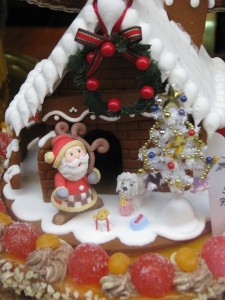 Andrés is one of the three main characters in CITY OF SORROWS. For those of you who have read the book, you may remember that Andrés took a lot of interest in his little sister, Adela. I thought it would be fun for you to see in pictures some of the places he took Adela during the Christmas season, and how he might have celebrated Christmas at home with his family.
Andrés is one of the three main characters in CITY OF SORROWS. For those of you who have read the book, you may remember that Andrés took a lot of interest in his little sister, Adela. I thought it would be fun for you to see in pictures some of the places he took Adela during the Christmas season, and how he might have celebrated Christmas at home with his family.
In the book, Andrés takes Adela to see the camels at La Plaza de la Encarnación on December 15. As he describes it, “The plaza was transformed into a Christmas playground. Stalls had been set up, selling everything from cheese to freshly baked breads, to sausage, hand-bags, and jewelry. A small Ferris wheel turned in a slow circle. Children carried balloons. Hot chocolate, Bunuelos, and cotton candy were all available for purchase around the square.”
Here’s a few pictures of the plaza at Christmas time.
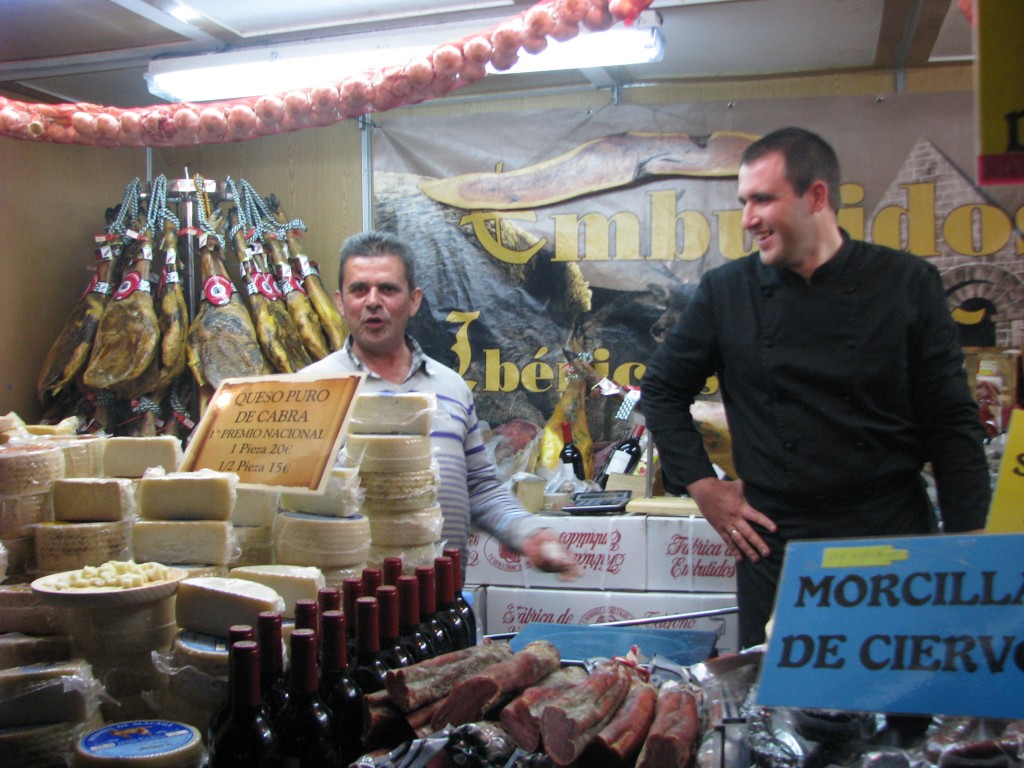
Stall selling morcilla (blood sausage), queso de cabra (goat cheese), and jamon Serrano (Iberian ham)
“And then he mounted her on a camel. There were three of them, tied together. For five euros the handler would take up to six children for a ride around the square. Adela waved to him as she passed by, secure in her basket seat. ”
In the book, Adela is alone on the camel, just like this young girl who looks around Adela’s age (10 years).
“After petting the resting camels, and feeding a few sheep, they walked down Calle Cuna toward La Iglesia del Salvador. Then they waited in line to see the church’s elaborate Nativity.”
Visiting churches to see the Nativity scenes is a beloved Christmas tradition in southern Spain. To read more about this tradition, go to Nativity Scene Routes in Granada and Andalusia.
“On December 24, Andrés’s father carved the Iberian ham. His grandmother prepared the caviar.”
Christmas Eve (La Noche Buena) is the most important part about Christmas in Spain and dinner that day is the biggest meal of the year. Foods vary according to family preferences. The only rule is that people eat “well” (and expensively). Lobster and shrimp are common, and a roast of some sort is essential (usually lamb or suckling pig). Andrés comes from a wealthy family, so his family’s Christmas table would be spread with the best and most expensive foods, including an abundance of seafood, cheeses, hams, and pates. And like the dinner I shared with my friends in Seville, a leg of Jamón Serrano may be one of the featured items. Dinner starts late, at about 10 pm, and will go on for a couple of hours—ending just in time to head out to church for La Misa del Gallo (Midnight Mass).
Of course no meal is complete without dessert. In Spain, traditional Christmas sweets include a variety of nougat candies called Turron, almond paste-based marzipans, and crumbly cookies like mantecados and polverones. For more information on Christmas sweets, go to A Field Guide to Spanish Treats.
I’m sure Andrés’s family would serve all of these delicious treats, but I think Andrés might just come home with one of these pricey cakes from Confitería La Campana on Calle Sierpes.
Is there anything I might have missed from Andrés’s Christmas dinner? What do you think he might have done after the festivities ended on Christmas Eve?
Note: Excerpts cited in this post were taken from page 168 of City of Sorrows and were reprinted with permission from the publisher..

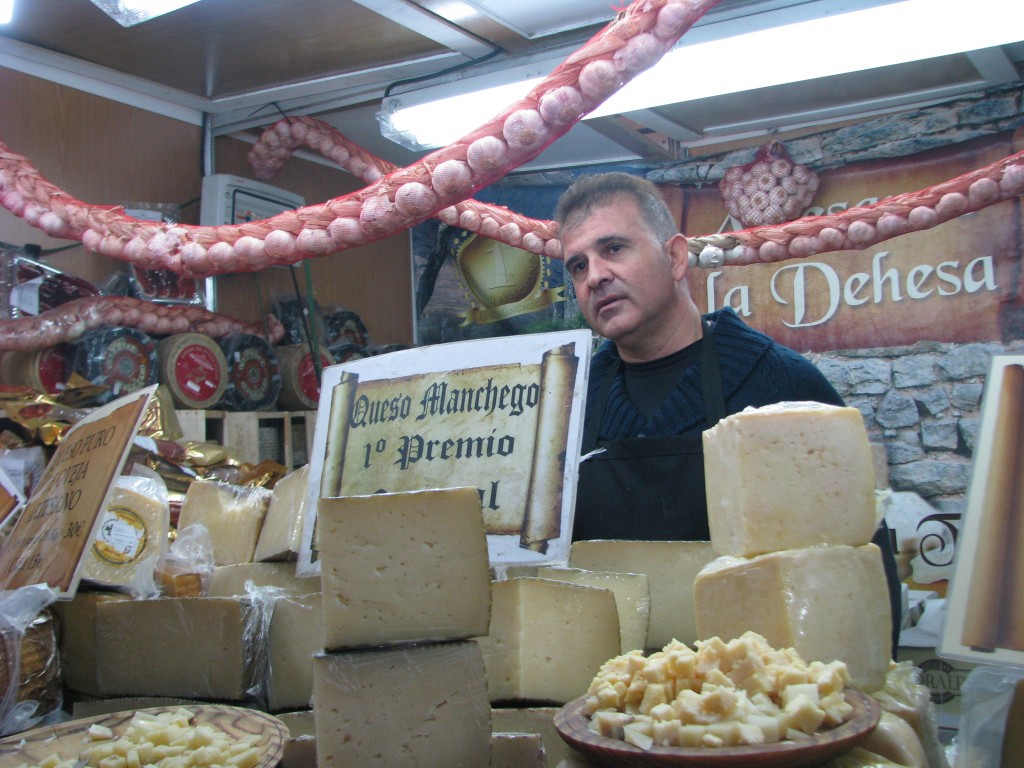
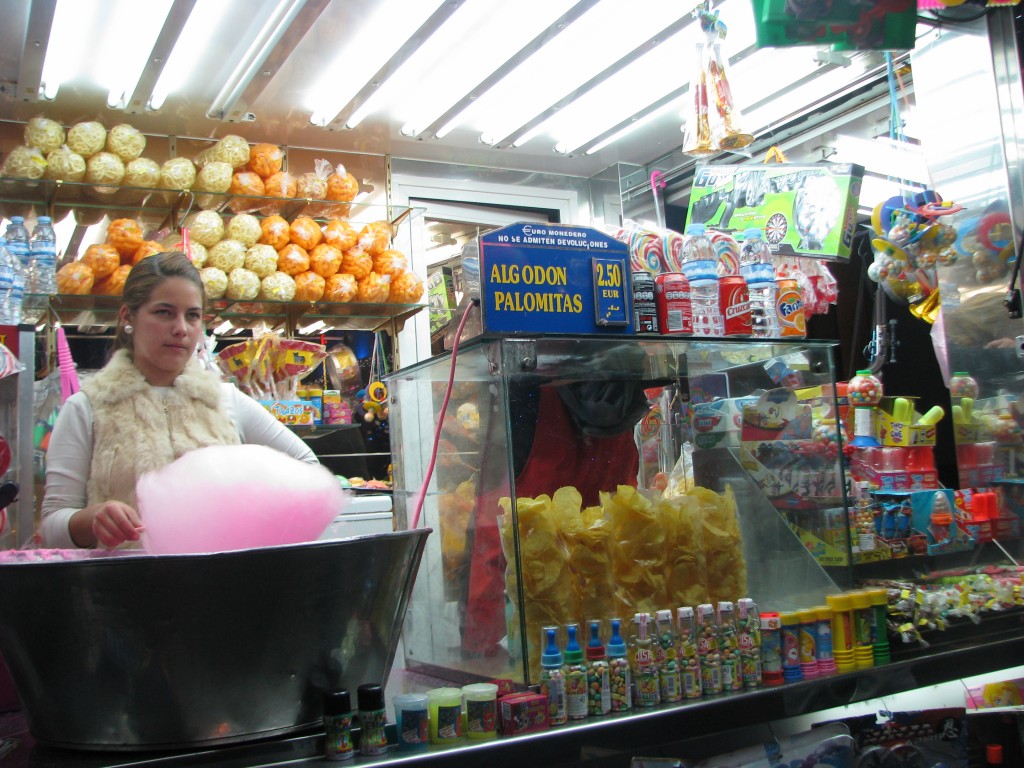
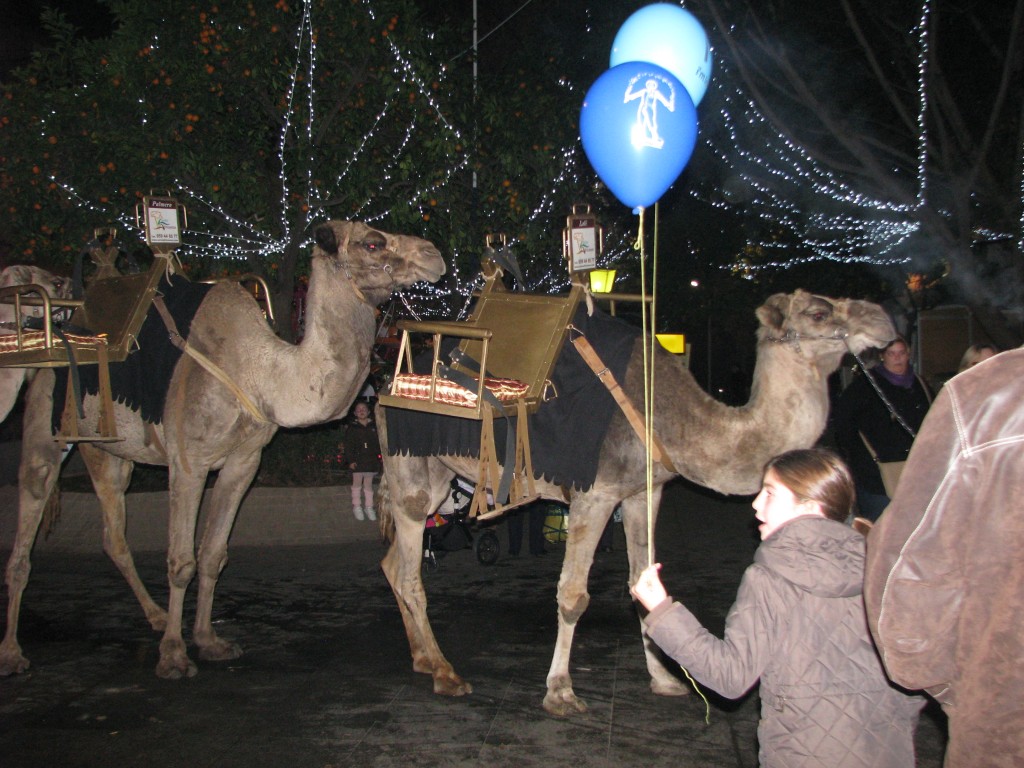
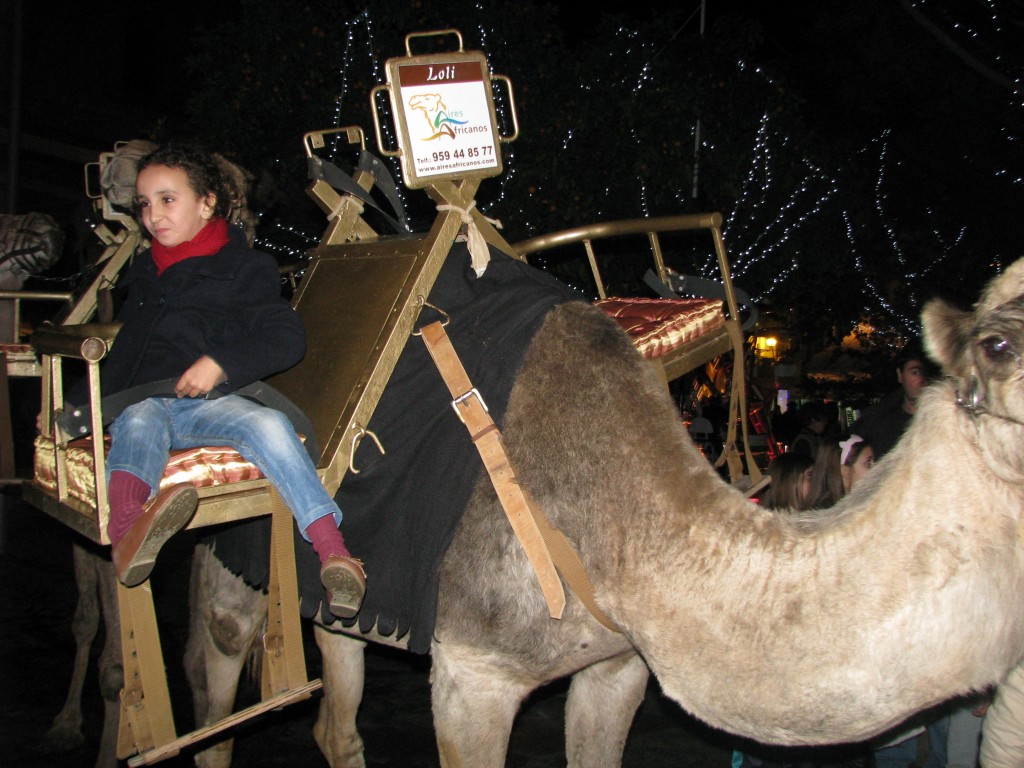
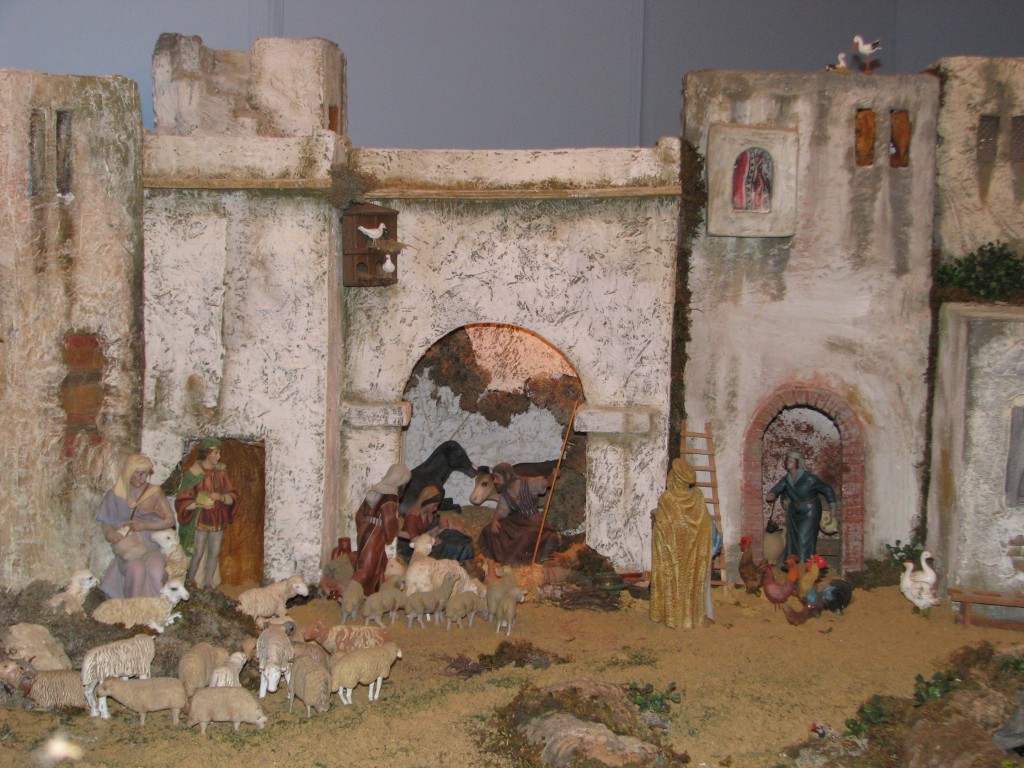
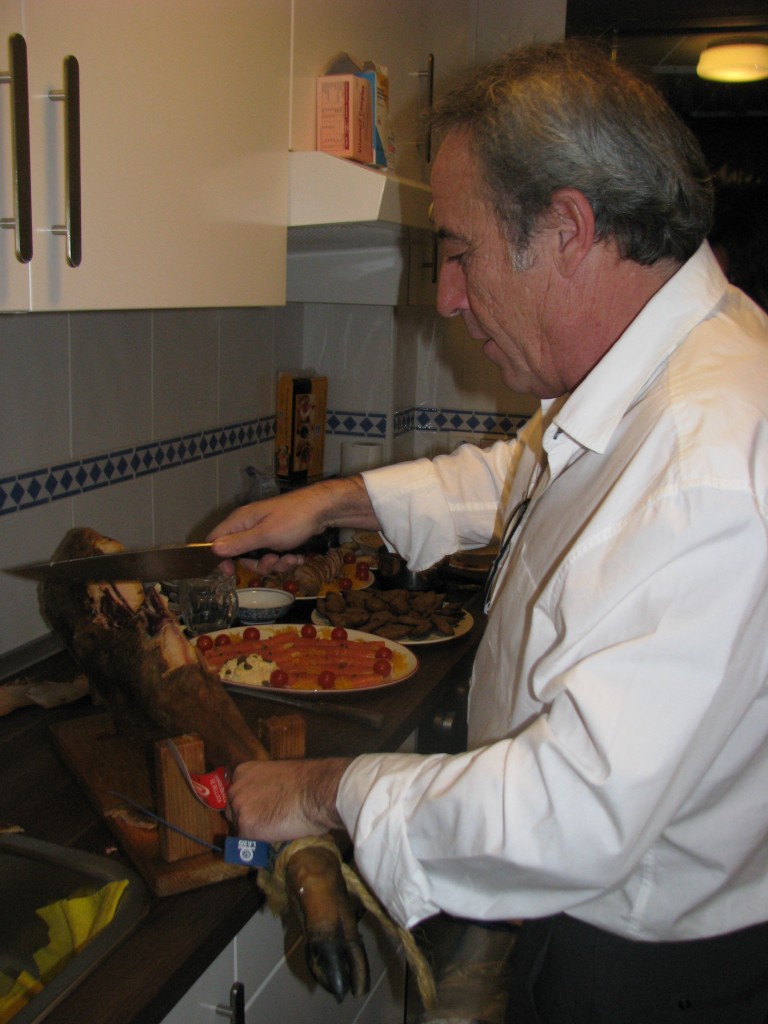
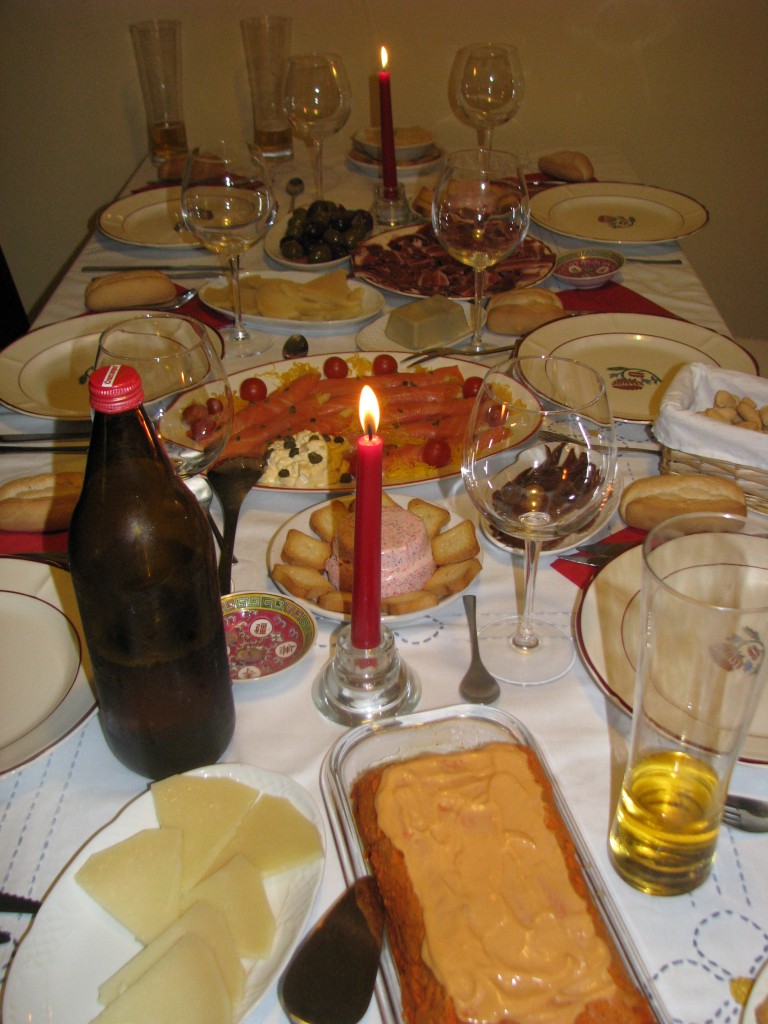
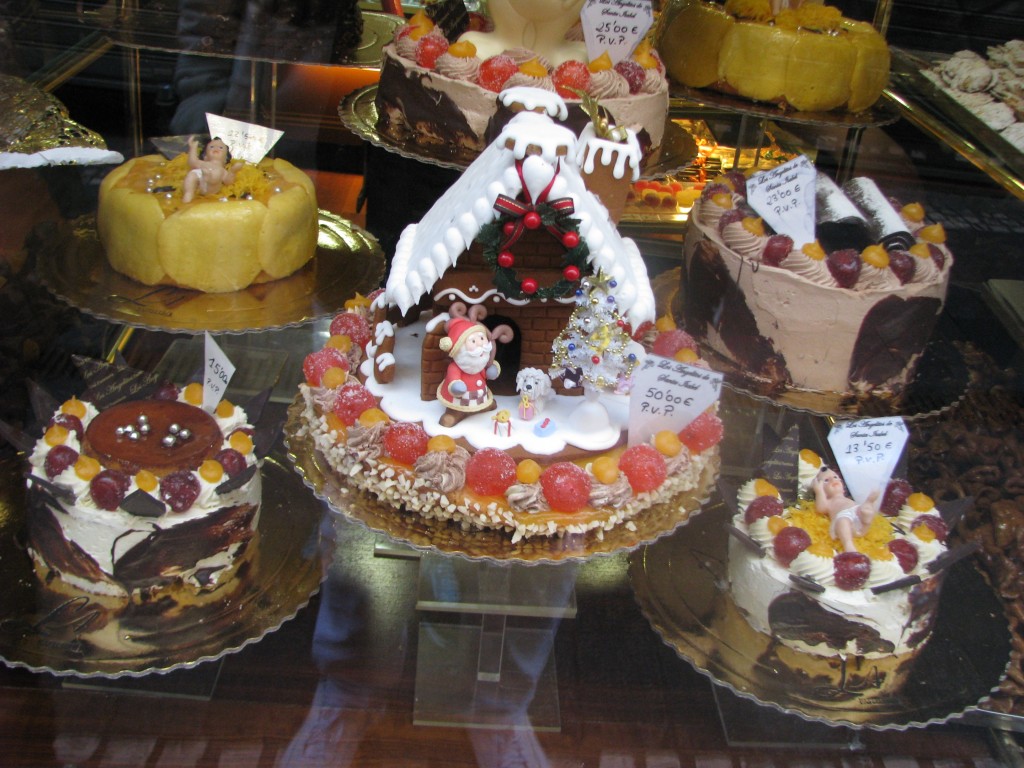
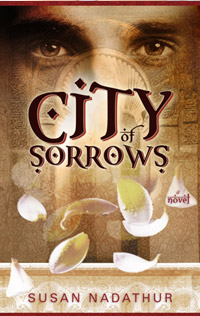

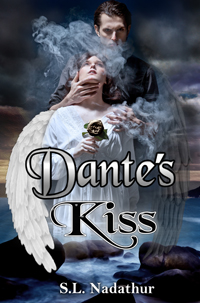
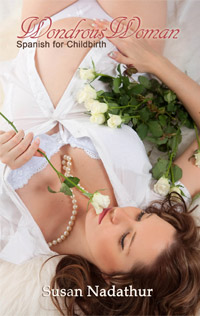






Trackbacks/Pingbacks